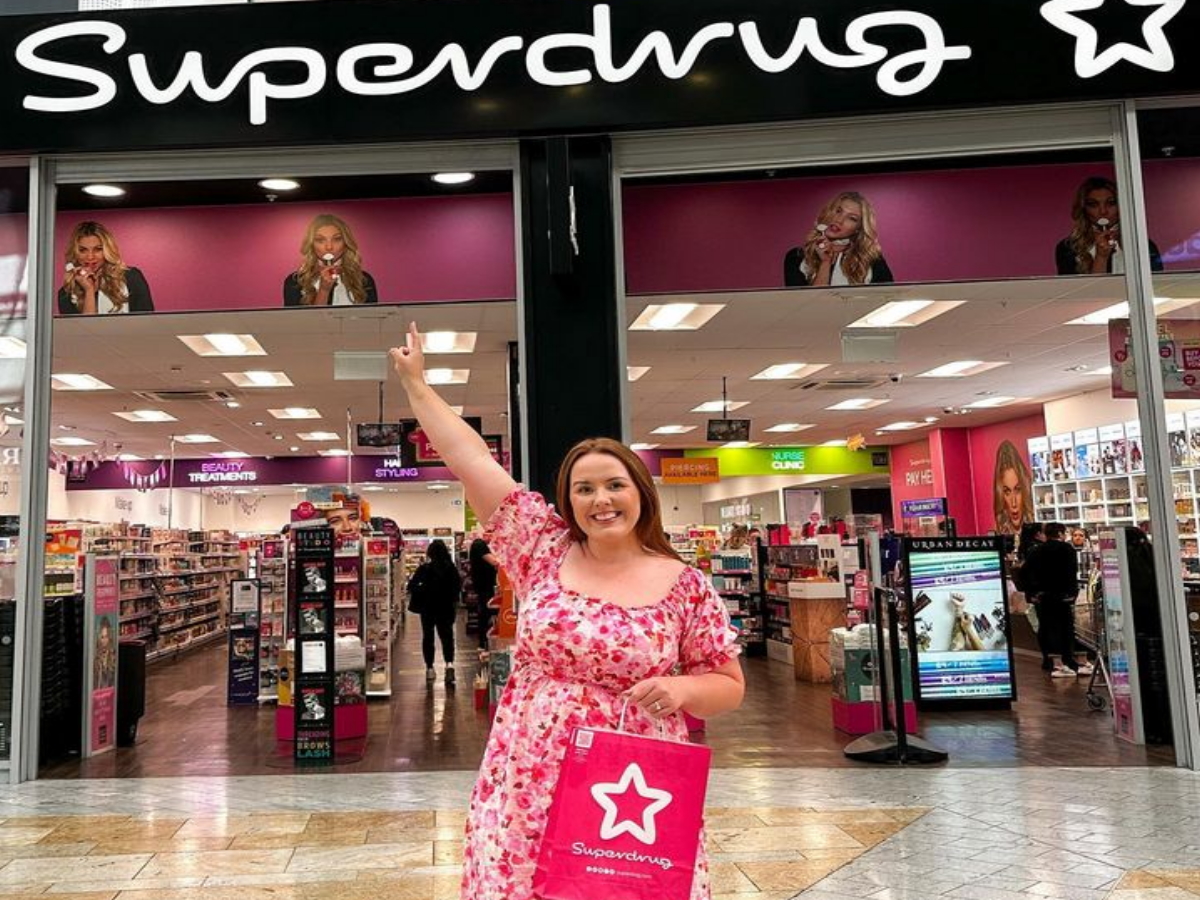Superdrug, the UK’s second largest health and beauty retailer, appointed a cost-of-living ambassador earlier this month. A move that could become a sign of the times in Australia as well.
Retail sales in June increased by a modest 2.3 per cent year-on-year, with food and cafes, restaurants and takeaway again boosting bottom lines.
According to the Australian Bureau of Statistics (ABS), Aussie consumers spent more than $35.1 billion during June.
Food was again the top expenditure with an increase of 5.8 per cent to $14.023 billion over the month. Revenues at cafes, restaurants and takeaway climbed 8.6 per cent to $5.337 billion.
The other key categories all experienced negative sales by contrast to June 2022. Household goods, a major driver of retail sales during the Covid-19 pandemic, recorded the biggest drop of 4.4 per cent to $5.759 billion. While department stores slipped 2.1 per cent to $1.803 billion, followed by clothing, footwear and accessories (- 1.5% to $2.901 billion) and other retailing, which includes beauty ( -1.1% to $5.365 billion).
In better news, all states posted year-on-year growth in June. NSW sales were up 1.5 per cent to $11.006 billion, followed by Victoria (+2.4% to $9.037 billion) and Queensland (+0.1% to $7.181 billion.
But percentage gains were higher in other states and territories with the ACT recording the highest growth of 6.2 per cent to $665 million. While in South Australia sales were up 5.4 per cent to $2.28 billion, 5.4 per cent in WA to $3.989 billion, 1.7 per cent in Tasmania to $700 million and 4.5 per cent in the Northern Territory to $322 million.
Paul Zahra, CEO of the Australian Retailers Association (ARA) commented that sales growth for essentials like food masked an overall decline in retail spending.
“An increase of 2.3 per cent year-on-year is a concerning result for the industry, considering the impact of price increases and with most categories now in sales declines”, he noted.
“Food makes up more than a third of retail spending and its performance is being inflated by unavoidable price increases. Despite the overall sales growth, the reality is that we’re very much in the grip of a discretionary spending slowdown.
“It has become a precarious environment for retailers, who are simultaneously feeling the pinch of this spending slowdown whilst also at the mercy of rising operating costs across the board. Shoppers have become far more spending-conscious due to the rising cost of living, and we’re seeing that reflected in these results.
“In last month’s retail data, clothing and apparel, department stores and other retailing were recording modest growth – we’re now seeing the lag effect on cost-of-living pressures come to fruition.”
Read the current issue of our digital magazine below:
- For more news and updates, subscribe to our weekly newsletter
- Follow us on Instagram
- Like us on Facebook
- Connect with us on LinkedIn

